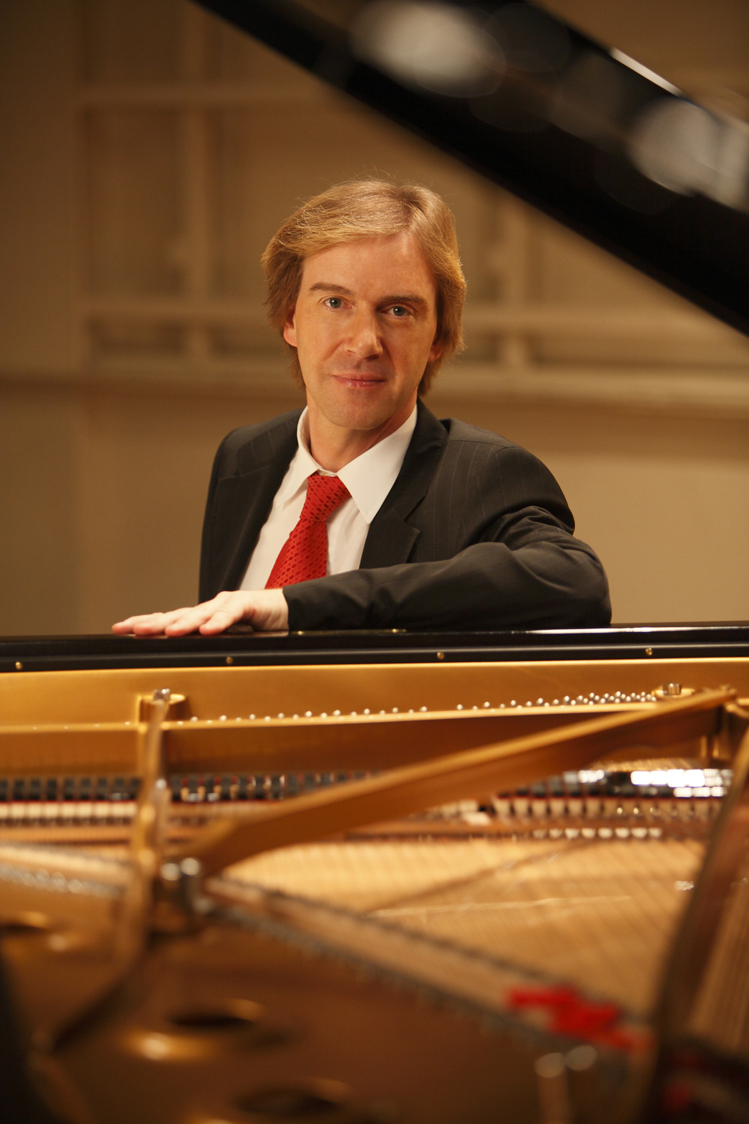Talkings on Bach
Famous Burkard Schliessmann Quotes
Talkings about Chopin and Schumann
Talkings about Chopin and Schumann
Talkings about Chopin and Schumann
About the Liszt Sonata in B minor
Without this you can’t play Chopin, you can’t play Mozart, and lastly absolutely not the Goldbergs.
Talkings on Bach
Burkard Schliessmann Quotes about music
Talkings about Chopin and Schumann
Talkings about Chopin and Schumann
Talkings on Bach
Talkings about Chopin and Schumann
Talkings about Chopin and Schumann
Talkings on Bach
Burkard Schliessmann Quotes
Talkings on Bach
Talkings on Bach
Talkings about Chopin and Schumann
“My priority has been to bring out Chopin as an aspect of human realism …”
Talkings about Chopin and Schumann
Talkings about Chopin and Schumann
Talkings on Bach
Talkings on the audience and studio recordings
Talkings about Chopin and Schumann
Talkings on Bach
Talkings on Bach
Talkings on Bach
Talkings on the audience and studio recordings
Talkings on Bach
Talkings about Chopin and Schumann
This means ‘Artistic Integrity’ to me.
Talkings about Chopin and Schumann
Peter J. Rabinowitz in Fanfare - The Magazin for Serious Record Collectors, USA, January/February 2011, Chopin-Schumann Anniversary Edition 2010 in the interpretation of Burkard Schliessmann, Volume 34, Number 3, p. 255
James Harrington in American Record Guide ARG, USA, issue November/December 2010, Volume 73, Number 6, p. 107
James Inverne in his article Burkard Schliessmann in STEINWAY & SONS International Pianos Magazine 2008, p. 34
